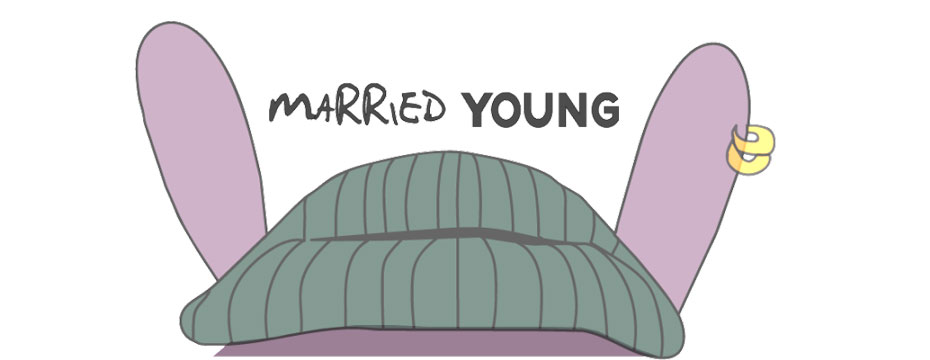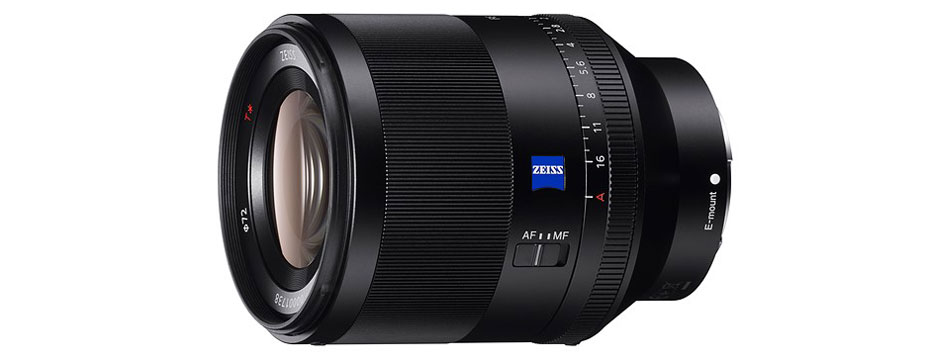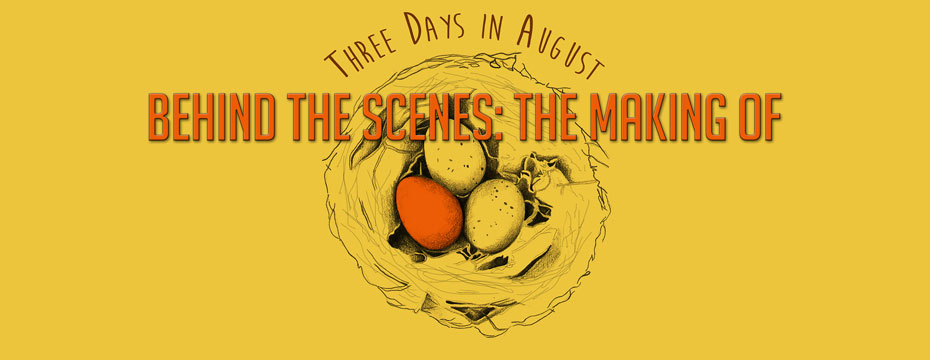
ANATOMY OF AN INDIE: The Language of Lenses
Every lens has a personality and a usage. Certain lenses are good for close-ups, certain lenses are dynamic for emotional moments and certain lenses work for action. I have even had an Executive Producer who encouraged me to use the “funny” lenses – in his world, anything that was a short/wide lens was built for comedy, which of course, I think is absurd to me. Consequently, when going into a movie production, we come equipped with as many lenses as possible. But what they don’t teach you in film school is that while every lens has a personality, the combination of lenses makes a movie.
Our camera package was provided to us by Panavision. I should take a moment to wax poetic about Panavision. There are lots of great camera houses, but Panavision is special. Their lenses are unique; their cameras are great; and their support is unparalleled. I was very lucky to work with them. They equipped us with an extensive and complete lens package.
- 14mm
- 16mm
- 18mm
- 19mm
- 21mm
- 25mm
- 27mm
- 35mm
- 40mm
- 50mm
- 60mm
- 85mm
- 100mm
- 135mm
- 150mm
- 300mm
- And zooms of varying lengths.
As you can see, we had pretty much every lens you could ask for. But curiously, while we used pretty much every lens, we really relied on very few of those lenses. And I discovered while editing, that I returned to even fewer lenses. It turns out that while every lens has a personality, a movie really has room for only a limited number of those personalities.
We liked the optics of the 27mm (always a favorite lens for me) and the 40mm a lot. They became the primary visual vernacular for the movie. We then used the 18mm for wider shots (never for a close-up). Yes, there were times when we needed a very long lens; and, yes there were times when locations limited the throw (the distance between the camera and the subject) and forced us to use lenses to catch the action. But really, we shot the bulk of the film on those three lenses: 18mm, 27mm and 40mm. The consistency of those lenses adds a subtle comfort to the audience, a welcome familiarity.
In the case of a comedy, that familiarity gives the audience a sense of ease that allows them to laugh or to be emotional. Almost a safety.
This is a subtle discovery – but it is exciting to define the look and the visual vocabulary. It also allowed my cinematographer and I to short-hand a lot of scenes. We knew exactly how we would shoot a certain scene. We often mixed it up and added interesting and dynamic shots, but when I was editing, the editor consistently chose the shots from our three favorite lenses. I don’t know if he was ultimately aware of the fact that he chose the same lens, but I started to understand the value of consistency.
The subtlety of a lens will affect the way an audience watches a moment and even a scene. A long dramatic lens doesn’t allow for much in the way of humor – if something funny happens on a long lens, the result will be ironic, a smile rather than a laugh. In our case, the 18mm covered the master, the 27mm the medium and the two-shots and the 40mm the close-up. There were plenty of variations from this equation (I wasn’t aware of the consistency while we were shooting). But while editing it became clear that those choices were great choices for the movie.
If I had known then what I know now, I might have relied even more heavily on those lenses. But it probably would not have been a good thing. I am completely devoted to the idea that production is there to prepare you for the edit. And you want to have as many competent options as possible for the edit. Covering the scene with a variety of lenses was good for coverage and for editing. The one place that would have made a difference are those incidents when I didn’t have adequate time to shoot everything. In those cases, I would have known to rely on our three primary lenses.
As it turns out, I knew it intuitively and I was covered.






Uli Berger
What are the 35mm Lens equivalents of the 18mm, 27mm and 40mm lenses? Or the angle of view?
Chuck Jones
Uli, Married Young was shot on the Arri Alexa, so the sensor is Super 35mm. But have a look at this great FoV conversion tool: http://www.abelcine.com/fov/